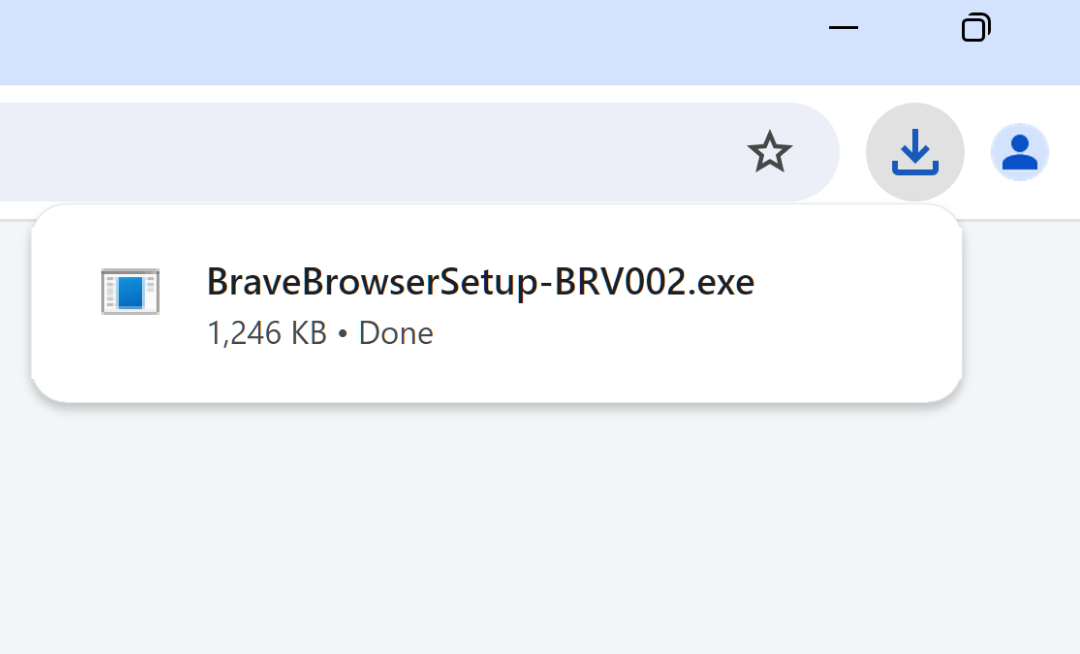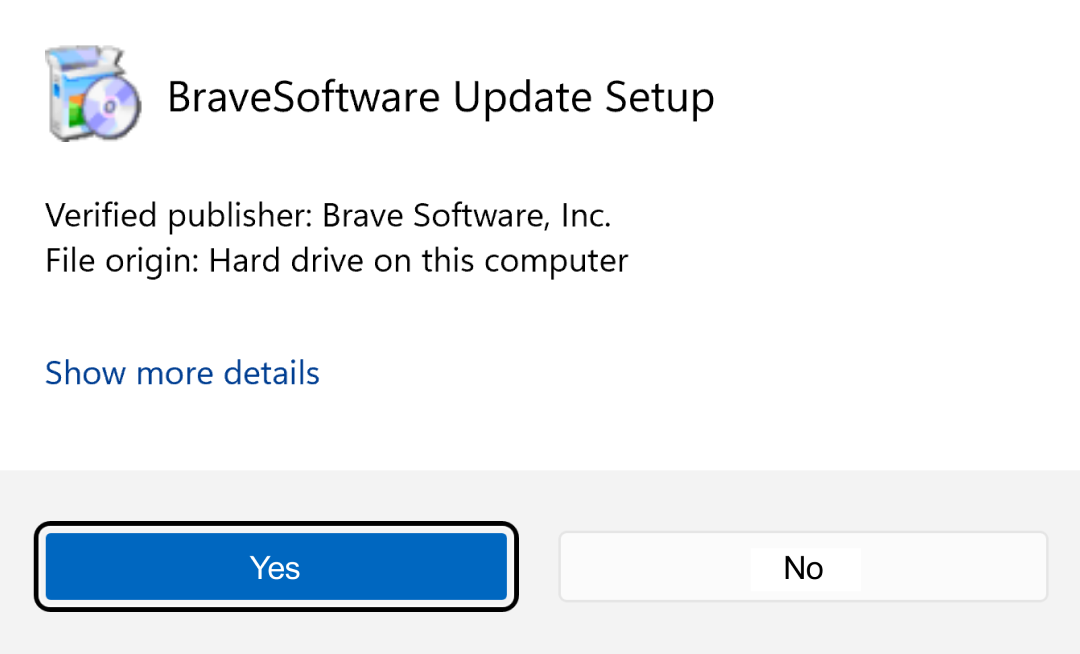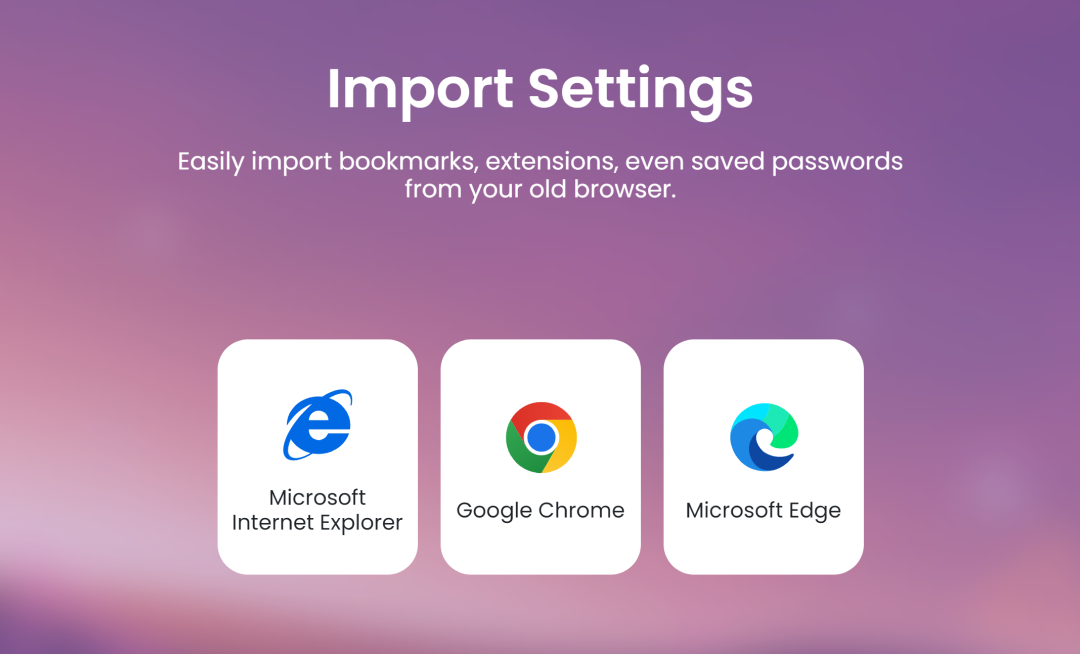
Brave Software announces availability of the Brave Search API in the new AWS Marketplace AI Agents and Tools category
Jul 16, 2025
Brave Search API available in the new AI Agents and Tools category of AWS Marketplace, providing real-time Web data for AI, LLMs, and search applications.





















